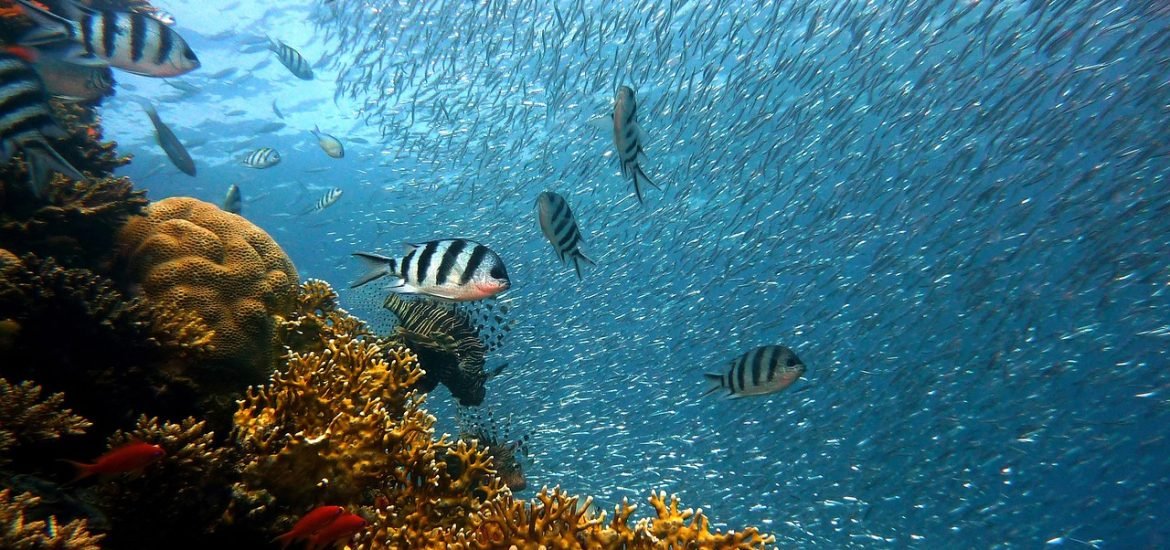
The deeper areas of the Great Barrier Reef are insulated and protected from harmful heat weaves for now, but the protection will not last forever if climate change continues, according to a study published in the journal Proceedings of the National Academy of Sciences.
High temperatures have caused mass bleaching in some areas of the Great Barrier Reef in the past few years. It’s predicted that this kind of damage is likely to continue, but projections are usually based on sea surface temperatures, which overlooks the fact that deeper water is not affected the same way as the surface.
To address these issues, a team of researchers from the University of Exeter, UK, examined how changing temperatures affect corals at different depths (ranging from 30 to 50 metres). Taking into account factors such as wind and tides, the team estimated that by 2060, bottom temperatures on the Great Barrier Reef at 30 to 50 m will increase between 0.5°C (under lower projected greenhouse gas emissions) and 1.7°C (under higher emissions).
This means the separation between buoyant surface warm water and cooler deeper water can insulate deep coral reefs from surface heat waves. However, this protective mechanism will be lost if global warming exceeds 3°C above pre-industrial levels.
Similar patterns occur in other reefs, but specific local conditions for each one will determine how the water moves and mixes. This means the degree of protection and depth will vary from place to place.
“Coral reefs are the canary in the coal mine, warning us of the many species and ecosystems affected by climate change. Coral bleaching is a dramatic sign of the impact humans are having on the planet,” said Dr Jennifer McWhorter. “Our study offers both hope and a warning – hope that some reefs are resilient to current levels of climate change, and a warning that this resilience has its limits.”
The authors found that 3°C of global warming would push water temperatures in the Great Barrier Reef past 30°C. These values would increase coral mortality. It doesn’t necessarily mean that all coral would die, but it would put the reef in a state of high stress and possibly cause it to collapse.
“Some shallow-water species are not found in deeper areas – so mesophotic reefs can’t provide refuges for them as shallow reefs are degraded. And, as our study shows, mesophotic corals are themselves threatened if global warming continues,” said Dr McWhorter.
“To protect coral reefs, we need to understand them better. Reefs face multiple threats – not just climate change. By targeting management of these threats on reefs that have the best chance of escaping the worst impacts of climate change, hopefully some healthy reefs can be maintained,” said Dr Paul Halloran, from Exeter’s Global Systems Institute.
Professor Peter Mumby, from the University of Queensland, added: “There is so much to learn about deeper, tropical coral reefs, especially as we cannot assume that their depth provides a persistent refuge from the consequences of rising global carbon emissions.”
McWhorter JK, Halloran PR, Roff G, Mumby PJ. Climate change impacts on mesophotic regions of the Great Barrier Reef. Proc Natl Acad Sci U S A. 2024 Apr 16;121(16):e2303336121. doi: 10.1073/pnas.2303336121